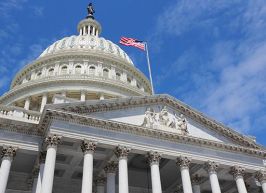Únase a getAbstract para acceder al resumen.

Únase a getAbstract para acceder al resumen.
Gary Gerstle
The Rise and Fall of the Neoliberal Order
America and the World in the Free Market Era
Oxford UP, 2022
¿De qué se trata?
A US historian offers an ambitious and illuminating history of the past American century, from New Deal to neoliberal to populist politics.
Recommendation
University of Cambridge historian Gary Gerstle charts nearly a century of US history, from the New Deal era of the Great Depression through the 1970s, to the emergence, dominance and decline of the neoliberal order from the 1980s to the 2010s. Doing so, he explains why the US electorate went from favoring big government, union power, high taxes and extensive regulation, to supporting massive tax cuts, free trade, and deregulation – and from there to embracing the populist politics of Donald Trump and Bernie Sanders. Gerstle examines this history alongside the rise and fall of the Soviet Union, including a fascinating explanation of how the two intersect.
Summary
About the Author
Gary Gerstle is the Paul Mellon Professor of American History at the University of Cambridge. He has authored, co-authored and edited dozens of books, including Liberty and Coercion and Working-Class Americanism. Gerstle is a Fellow of the British Academy and of the Royal Historical Society and a member of the Society of American Historians.

















Comment on this summary